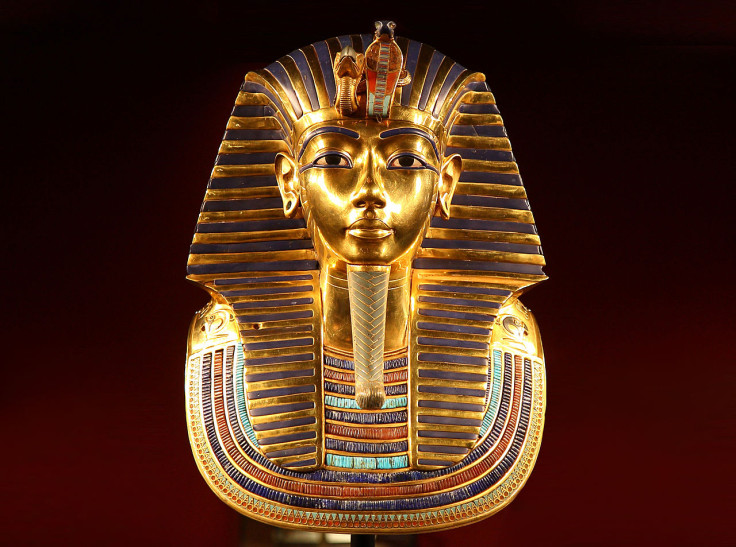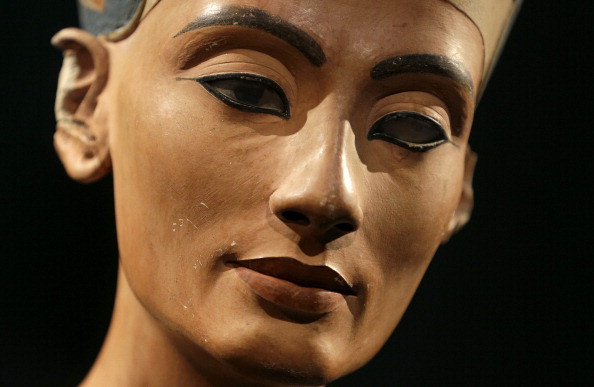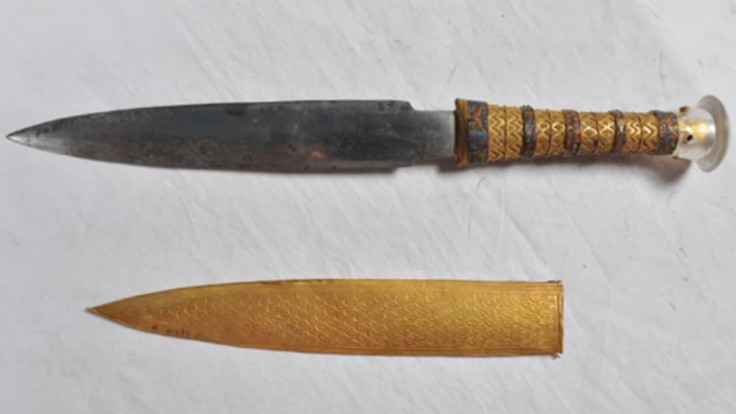The mysteries that still surround King Tut, Ancient Egypt's youngest pharaoh
A team of archaeologists have discovered Tutankhamun's wife tomb, but many questions still remain.

Earlier this month a team of archaeologists discovered evidence of a previously unknown tomb in Egypt's Valley of the Kings. It could belong to King Tutankhamun's wife, Ankhesenamun.
This burial chamber appears to be located near the tomb of the pharaoh Ay, who Ankhesenamun married after her first husband Tutankhamun suddenly died. The queen disappeared from historical records shortly after this second marriage, so if this is really her tomb, it may shed light on what happened to her.
The fate of Tutankhamun's wife is not the only mystery that surrounds the pharaoh, perhaps the most famous king in Ancient Egypt's history.
Many questions about his rule, his ancestry and how he died still remain, nearly a century after his tomb was discovered by British archaeologist Howard Carter.
Death enigma
When King Tut died, he was just 19 years old. There has been a lot of research – and speculation – about what caused this premature death. Hypotheses have ranged from assassination by his closest advisers to a chariot accident or a disease such as malaria, combined with genetic bone problems (probably due to his parents being closely related).
Because the king appears to have had a few broken ribs when he died and because his heart was not embalmed, some scholars have even said that he sustained a crushing blow to the chest, possibly caused by a hippopotamus during a hunt.
It is possible that scientists will never be 100% confident about what caused the King's death, due to the mummy's poor state of preservation.
King Tut's parents
Tutankhamun is believed to be the son of the Phraoh Akhenaten and Queen Kiya, one of the royal secondary wives, but uncertainties remain. A study published in 2010, based on a DNA analysis of King Tut's mummy, revealed that his parents were siblings.
However, some archaeologists disagree, and think that Queen Nefertiti, who is usually presented as his stepmother, could in fact be his mother. Nefertiti was not the sister of Akhenaten, but his cousin.
Sharing a tomb with Nefertiti
In the past couple of years, there has been intense debate between archaeologists about whether King Tut's tomb could contain hidden chambers.
Radar scans and analysis performed inside the tomb indeed suggested the existence of cavities behind the northern and western walls of the structure, but some scholars think this is not sufficient evidence to confirm the existence of secret chambers.

The revelations, however, attracted a lot of attention, because it is believed that if hidden chambers are really there, one of them could be the burial chamber of Queen Nefertiti, Tutankhamun's stepmother. Her remains are yet to be discovered, and this is one of Ancient Egypt's greatest mysteries.
Mysterious meteorite dagger
Many valuable objects were recovered in Tutankhamun's tomb, including a precious dagger made of meteorite iron. Scholars have been puzzled by this, wondering why the ancient Egyptians used such an unusual source for the metal when there's plenty of iron here on Earth.

It is possible that the ancient Egyptians knew that iron could be found in meteorites that came from the sky – the place of the gods. It may have been symbolically important to them, especially since these meteorites were so rare. As a result, they might have seen all iron as a divine material that wasn't appropriate to work into a practical, everyday form and that should be reserved only for high-status people like the pharaoh.
© Copyright IBTimes 2025. All rights reserved.





















